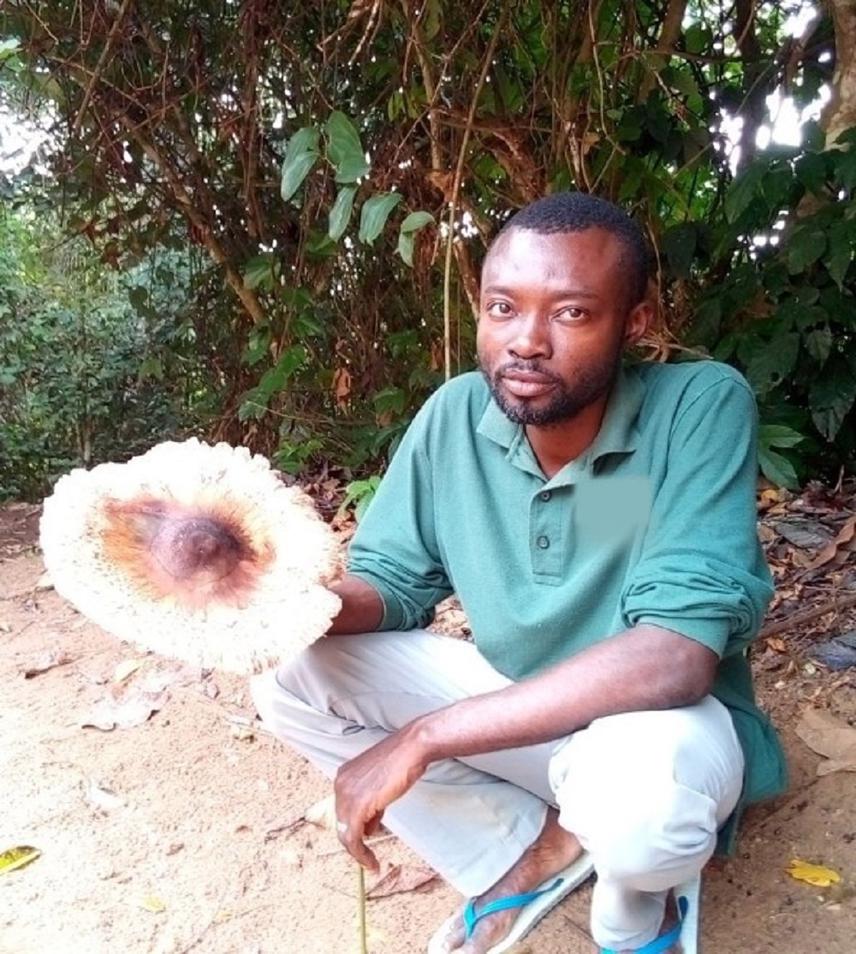Juvey Mavéric Wawa
Other projects
29 Nov 2024
Assessment of Biological Productivity and Habitat for the Conservation of the Genus Cantharellus (Cantharellales, Basidiomycota) in the Republic of Congo
Tropical forests cover about 7 % of the Earth’s surface and contain at least 50 % of the world’s diversity which is currently seriously threatened due to human activities and climate change that led to the disappearance of species (Bawa & Dayanandan, 1998). In the Congo Basin, deforestation reached 5% in 2021 (Cavallito, 2022) contributing to the loss of biodiversity and resources for livelihoods of communities (Deugoue, 2022) while a lot still to be done to fully document and contribute to the knowledge of the second ecological important ecosystem of the World. In the Republic of Congo, for example, knowledge about fungi, and their role in forest ecosystems remains fragmentary with many species still to be discovered (Pimm & Raven, 2000; Ndolo Ebika, 2018; Ndolo Ebika et al., 2018). Yorou & De Keel (2011) affirm that ectomycorrhizal fungi are more vulnerable due to logging and agriculture thus destroying partner trees and cause loss of diversity and fungal wealth in the natural environment.

Wawa Juvey collecting a Macrolepiota in Congo.
In the NNNP and its surroundings, several previous works have been focused only on animals and plants but little or no attention has been paid into fungal organisms. Some works report the consumption of fungi by primates (Elliott et al., 2020) but no data on this aspect exists for the park while it is home to threatened primate populations such as gorilla and chimpanzee. In the Park ectomycorrhizal trees classified as threatened by IUCN exist but they fungal partners are not known. Local populations in the surroundings of the park have significant knowledge of wild edible mushrooms (WEM) but that tend to disappear whilst they are very poorly documented (Ndolo Ebika et al., 2018). WEM are also an important source of income and food for local people who deserve concrete conservation actions (Boa, 2006). In this project, we are aiming at collecting mycological data that will contribute to documenting macrofungal diversity and safeguard traditional knowledge of this study area. Resulting information might also contribute to providing key data in the identification of the KBA process for this area.